Steemit Learning Challenge-S22W4; Rotator Cuff Tendonitis
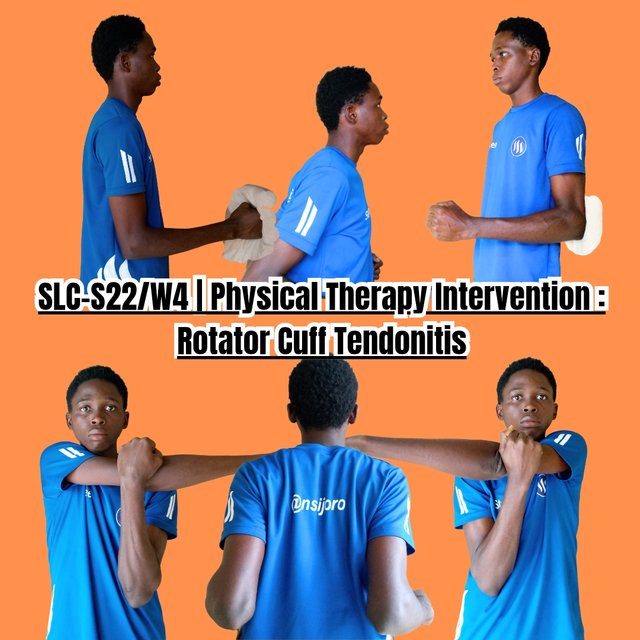 |
|---|
We have four cuff muscles. Listing them in order of anatomical arrangement, we have the supraspinatus, infraspinatus, teres minor, and subscapularis. Apart from these four, we also have the deltoid muscle, responsible for shoulder rotation and other functions, and the trapezius muscle that helps to rotate this condition to rotator cuff tendonitis.
DEFINATION OF ROTATOR CUFF TENDONITIS |
|---|
Whenever there is an inflammation of the muscle or tendons of the shoulder joint, also known as the glenohumeral joint, which is a ball-and-socket joint that connects the longest bone in the human body and scapula, we are likely to experience a condition known as rotator cuff tendonitis.
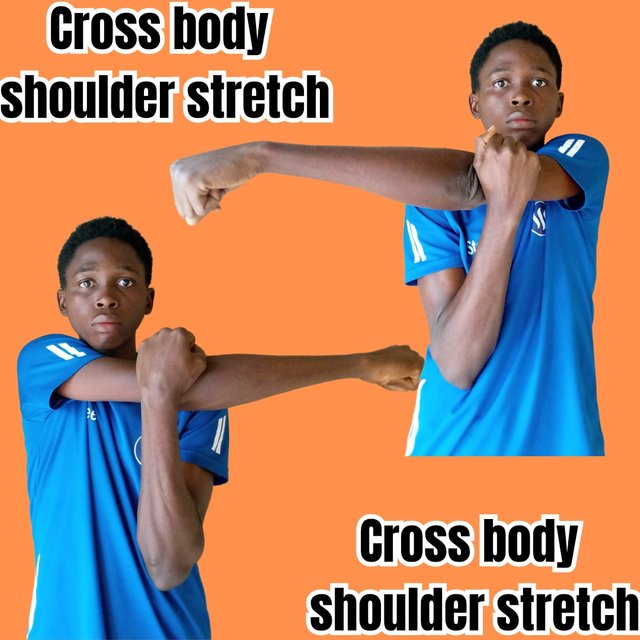
CAUSES |
|---|
The causes of the rotator cuff tendonitis are a factor that amounts to its severity, meaning the severity of rotator cuff tendonitis depends on the cause.
Goalkeepers can experience this during injuries from a fall.
Repetitive overhead movement that happens when lifting loads can cause this
Poor position of the arm during work or sleeping can cause this
During old age, a tendon may become older and degenerate, leading to tendonitis.
The shoulder blade, which is a part of what forms this joint, can be a major contributor when there is an abnormal movement that makes it strain the cuff tendons.
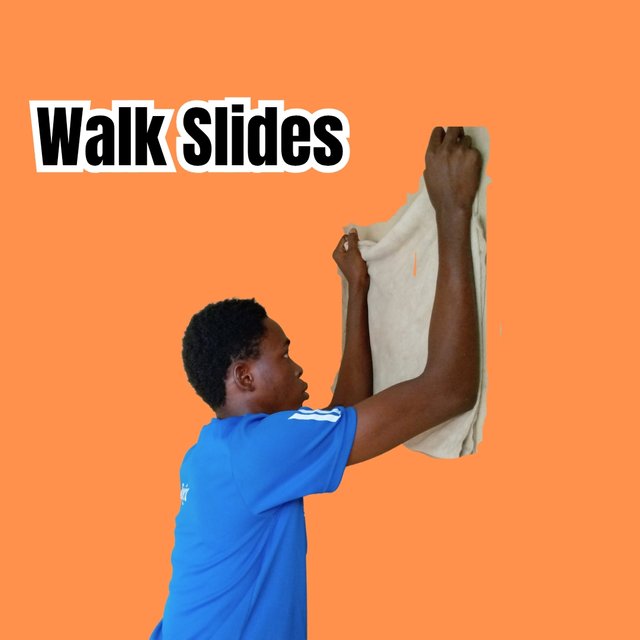
SYMPTOMS /STAGES |
|---|
Mild symptoms
This is less severe.
There is an aching in the shoulder region.
The ability of the shoulder to extend to its position in a normal state reduces
The arm region becomes weak, and the patient may feel reluctance in moving the arm.
Moderate symptoms
This is much more severe than the mild symptoms.
In this condition the patient may experience severe pain when trying to lift an object over or to the head.
There is a feeling of pain even when the arm is not mobile.
A very tiny clicking sound is heard when moving the shoulder, showing it is stiff.
Severe pain
This is very chronic, and it is much more severe than moderate symptoms.
In this case, lifting the head above the head may not even be possible.
Sometimes this pain may radiate to other regions of the body, making it look as if another condition just occurred there, but no, the pain just affected another region, something in the cervical region.
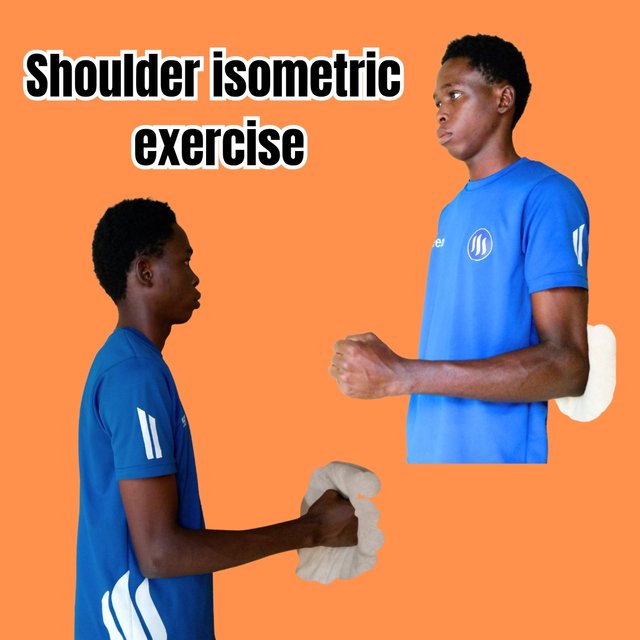
DIAGNOSIS |
|---|
Physical examination in the form of visual inspection, palpating, and testing the range of motion, which could be through rotation, extension could be carried out by the patient.
Medical history like a vital signs is conducted on the patient to get the precise duration of the symptom, activitiy level like sports etc or if there has been in fall somewhere that may result to this.
Imaging forms of diagnosis could be adopted to pinpoint the particular area due to its severity; examples are x-rays to spot bone fractures and ultrasounds to detect the tendons and muscles affected. Etc.
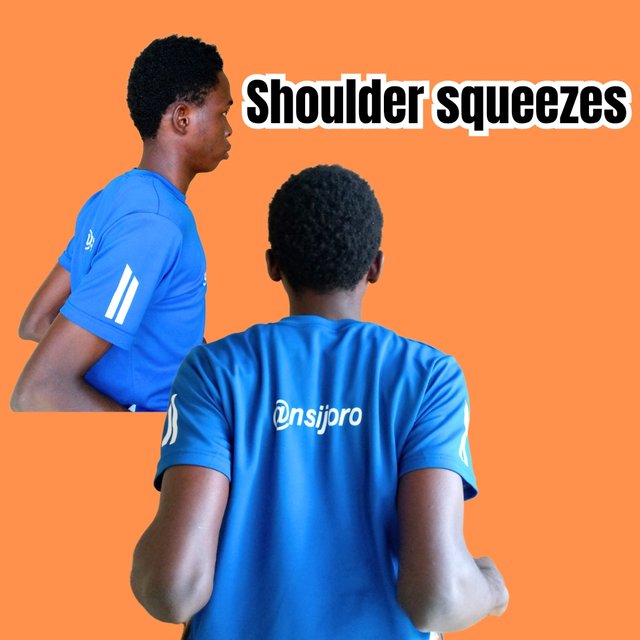
SPECIAL TEST |
|---|
Neer Test
- When the rotator cuff muscle or tendon gets tightly stuck in between the shoulder blade and the humerus, tendonitis is said to occur in this region, and special tests like the patient sitting with the arm relaxed while the arm is flexed passively by the physiotherapist 180 degrees are done.
Hawkins-Kennedy Test
- This test tackles the condition felt in the shoulder bone, and it is done by applying pressure in the arm region.
EXERCISE PERFORMED |
|---|
Shoulder/Scapula Squeezes
Cross body Shoulder Stretch
Walk slides
Shoulder isometric Exercises
MY REVIEW |
|---|
I have experienced this condition before where I found it very impossible to make an overhead movement of my arm. I find this exercise capable of reducing pain because it flexes the tendon around the cuff region. I felt more of the shoulder squeezes, and while moving my arm angularly in places at 90 degrees forward and backward, there is a clicking of the cuff joint, and the gliding of the scapula stretches the muscles and tendon in this region, thereby causing relief.
I would love to see @miftahulrizky @pea07 @oneray and @dwings join this contest
Thank you...
Cc.
@ashkhan
Thank you for understanding the lesson and sharing your assignment; I hope that you will enjoy this week's lesson and try to implement it in your life if you see any such case.
Observations
Task 1 (3/3)
You have shared a great knowledge about rotator cuff tendonitis, its symptoms, causes and it's stages. I appreciate your effort.
Task 2 (2.9/3)
In the second question, you tell us about how you have to assess a patient by doing physical examination, history taking, special tests and investigations. It would be better to add MRI test too to assess muscle, ligaments or tendon damage. Great.
Task 3 (4/4)
You try the cross body shoulder stretch, shoulder isometric, wall slides and scapula squeeze. You did the cross body shoulder stretch, wall slides, shoulder isometric and scapula squeeze correctly. Always remember to apply heat pack in chronic condition and ice pack in acute condition before performing exercises to relax the muscles and reduce stiffness. I appreciate your efforts.
Overall you made a great attempt to answer all the questions. I appreciate your efforts. But next time try to avoid the above written suggestions. Keep learning and try to implement your knowledge to the people suffering from rotator cuff tendonitis or any type of shoulder issue. Thank you.
I am so grateful for this review ma, it glad my heart to see this score, thank you so much ma
x promotion link
https://x.com/nsijoro/status/1878568966097920475